Answering the question, “What is photography?” is kind of like trying to answer the question, “What’s the meaning of life?”
That’s because photography is incredibly complex. It has many facets and types. There are technical aspects to photography as well as creative ones. The manner in which photography is used is even different, often from one person to the next.
Moreover, there is an unlimited variety in the quality of photos. In that regard, trying to explain the difference between an ordinary snapshot and a work of art is a very difficult job. You can tell by looking at two photographs which one is which, but conveying how to get from being an amateur to a pro is not an easy task.
But, you have to start somewhere, so in this guide, I offer a few foundational ideas that will help you answer the question, “What is photography?”
Photography Defined
When trying to quantify what is photography, it’s important to first start with a photography definition.
In layman’s terms, photography is quite simply the process of capturing light with a camera to create an image.
This was done for the first time in 1826, when Joseph Nicéphore Niépce took a photo out of his window. The image, shown above, was entitled View from the Window at Le Gras.
In terms of subject matter, the photo isn’t all that impressive. However, as the oldest surviving photograph, it is nonetheless an important part of photography.
As simple as this image is, it demonstrates the technical process of photography perfectly.
To process the image captured by his camera, Niépce used a process of his invention called heliography.
It required bitumen to be dissolved in lavender oil. The resulting substance was coated onto a lithograph. Once dry, an engraving was placed on the lithograph, and then exposed to sunlight.
After setting, the lavender oil was washed off along with any unhardened bitumen. The remaining areas on the surface of the lithograph were washed with acid to create the final image.
But Joseph Nicéphore Niépce is just one player in the history of photography. There were many other photography achievements along the way.
A Brief Timeline of Photography
After Joseph Nicéphore Niépce successfully created the first permanent photograph, there were many other turning points in photography that got us to where we are today.
The Daguerreotype
Invented in 1829 by Louis Daguerre, a French Painter, the Daguerreotype process was based off Daguerre's work with Niépce. Daguerre's process of photography shortened the very long exposure required for a heliograph and resulted in images that were much clearer. Above, you can see his photo L’Atelier de l'artiste, which was created in 1837.
Light-Sensitive Paper
As astonishing as the image quality was of the Daguerreotype, just a few weeks after Daguerre announced his process, Fox Talbot, a scientist from Britain, revealed that he had developed an all-new way to create photos.
Instead of relying on metal plates as Daguerre and Niépce had done, Talbot used light-sensitive paper. His method, called the calotype process, was made public in 1841.
Above is one of the oldest known calotypes, a portrait of Thomas Duncan circa 1844.
Roll Film is Invented

In 1888, George Eastman and his business partner, Henry A. Strong, debuted roll film for the first time.
This Eastman Kodak film was transparent cellulose that came in 70mm format. The rolls were then cut down the middle (by Thomas Edison, no less) to create what became the standard film size of 35mm.
These small, easy-to-use rolls of film revolutionized photography and made it something anyone could pursue.
The advertisement above is from 1900, and shows how roll film made cameras so small they could fit in a pocket.
From there, many other advancements were made in photography, including the development of 35mm cameras, instant film, digital photography, and the development of mobile photography. These and other photography milestones are detailed in depth in our examination of 14 turning points in the history of photography.
Famous Photographers That Popularized Photography
 Ansel Adams [Public domain], via Wikimedia Commons
Ansel Adams [Public domain], via Wikimedia Commons
It would be impossible to list all the photographers over the years that have had a hand in making photography a worldwide pursuit of millions.
In fact, it's darn near impossible to whittle down a list of the most famous photographers to fewer than several dozen.
In our examination of the most famous photographers of all time, we identified more than two dozen photographers whose impact on photography has been immeasurable. In addition to Louis Daguerre and Joseph Nicéphore Niépce, that list includes:
- Ansel Adams, whose most famous work includes his black and white landscape photos of the American West (like the Snake River and Tetons, shown above). He is perhaps the most famous photographer in history, and helped popularize landscape photography as well as conservation of natural spaces. One of the most famous Ansel Adams quotes is, "You don't take a photograph, you make it."
- Henri Cartier-Bresson, who is considered the father of photojournalism. His candid portraits and street scenes captured the imagination of millions. He also photographed some of the most important events in history, including the Chinese Revolution and the social and economic changes in the United States after World War II. One of the best Henri Cartier-Bresson quotes is, "To me, photography is the simultaneous recognition, in a fraction of a second, of the significance of an event."
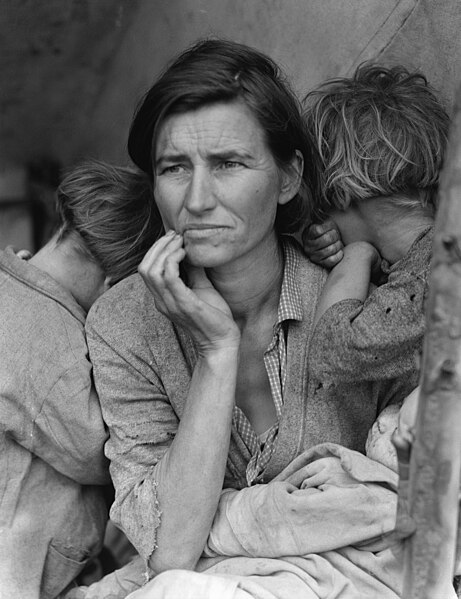 Dorothea Lange [Public domain] via Wikimedia Commons
Dorothea Lange [Public domain] via Wikimedia Commons- Dorothea Lange, who became one of the most famous female photographers in history thanks to her documentary-style photographs of the Great Depression (her most famous image, Migrant Mother, is shown above). In fact, if you've ever seen photos from that era, the chances are good that you've seen some of her photographs. In addition to recording an important era of American history, Lange's work showed the world how powerful a camera can be. One of the most famous Dorothea Lange quotes is, "While there is perhaps a province in which the photograph can tell us nothing more than what we see with our own eyes, there is another in which it proves to us how little our eyes permit us to see."
- Alfred Stieglitz, who popularized photography as an art form in the late 1800s and early 1900s. He's best known for portraits that had feeling and emotion to them that made them more than just a snapshot of a moment in time, but a piece that told the story of that person in that moment. Today's perception of photography as art, just as much as paintings and sculptures, is due in large part to Stieglitz. One of the most famous Alfred Stieglitz quotes is, "I am not a painter, nor an artist. Therefore I can see straight, and that may be my undoing."
Recommended Camera Gear
 Photo by Joseph Pearson on Unsplash
Photo by Joseph Pearson on Unsplash
Back in the day of Louis Daguerre, you'd need a laundry list of gear to create a single image.
Today, though, we're lucky to be living in the golden age of photography in which we have very powerful and effective cameras attached to our phones.
With the development of digital photography, and in particular, mobile photography, the list of recommended camera gear one needs to get started has really been reduced to one thing - your smartphone.

In fact, I would argue, as would many other photographers, that for the vast majority of casual photographers, a smartphone is all you need.
After all, smartphone cameras are easy to use, always with you, and are seamlessly integrated with other parts of your life like texting, email, and social media, so you can easily share the photos you create. Heck, you can even edit your photos right on your phone.
But as good as smartphone cameras and lenses and apps have become, there might be a point at which you need to upgrade.
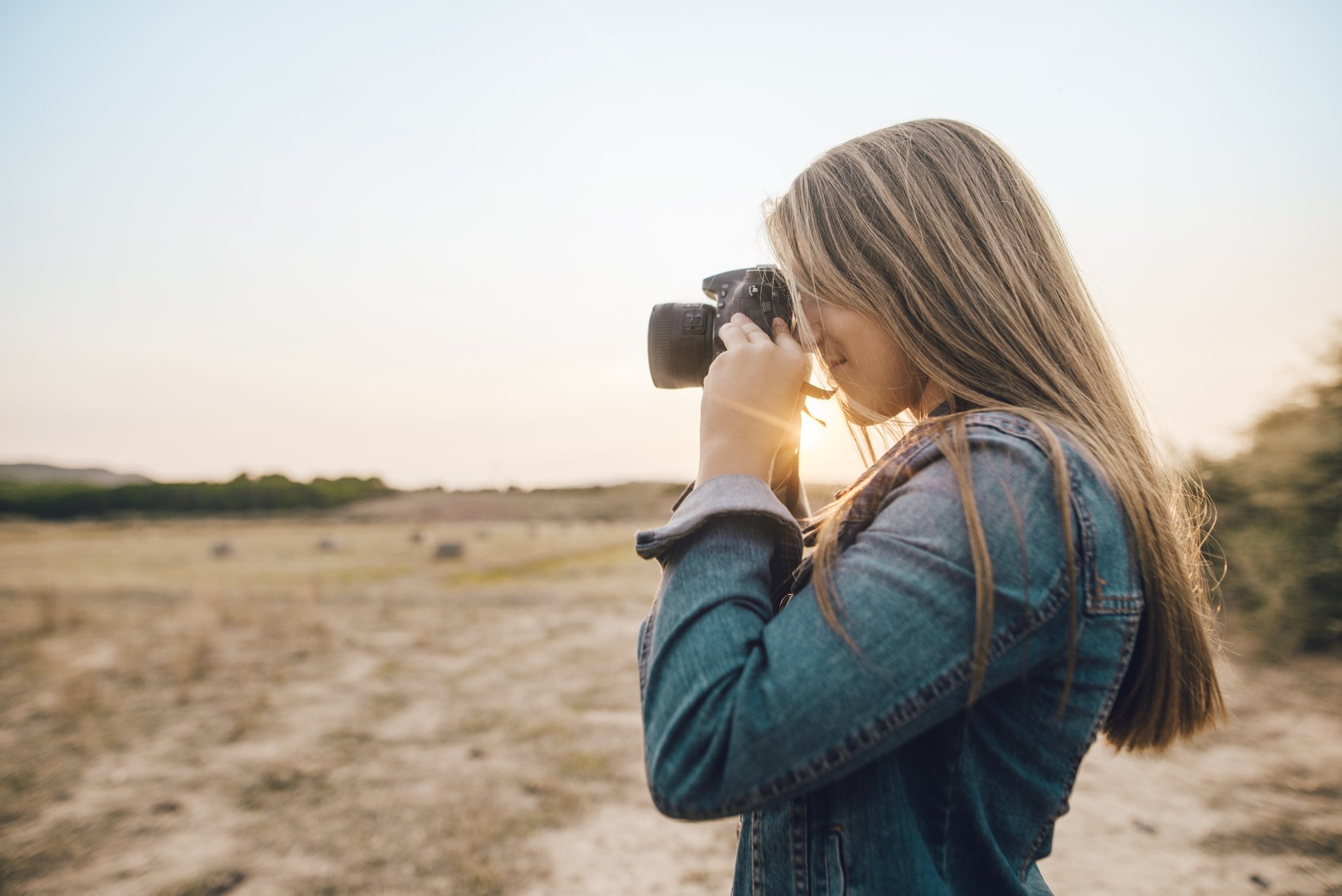
For example, your smartphone isn't all that capable of photographing sports, wildlife, action portraits, or in low light conditions.
And while there is no one-size-fits-all photography kit for all photographers, there is some must-have photography gear that you'll need if you want to pursue photography more seriously beyond what your smartphone can do. This includes two must-haves:
- A camera (duh). Both DSLRs (like the Nikon D850) and mirrorless cameras (like the Sony a7R III) have their advantages and disadvantages. But common traits between them include larger sensors, full manual controls, and interchangeable lenses. Learn more about the DSLR vs mirrorless debate in our exploration of 10 differences between DSLRs and mirrorless cameras.
- Lenses (duh, again). The lenses you use are actually much more important than the camera you use. In fact, you can take better photos with a bargain-basement, entry-level DSLR and a high-dollar professional lens than you can with an expensive pro-grade camera and a cheap lens. If you're just starting out, the kit lens that comes with most cameras will be fine, at least initially. But as your skills improve, upgrade your lenses. Get a 24-70mm zoom to replace your 18-55mm kit zoom. Add a prime lens or two, like a 50mm and an 85mm. Your lenses will long outlast your camera, so investing in good glass is the way to go. Not sure what lenses to buy? Check out this lens buying guide.
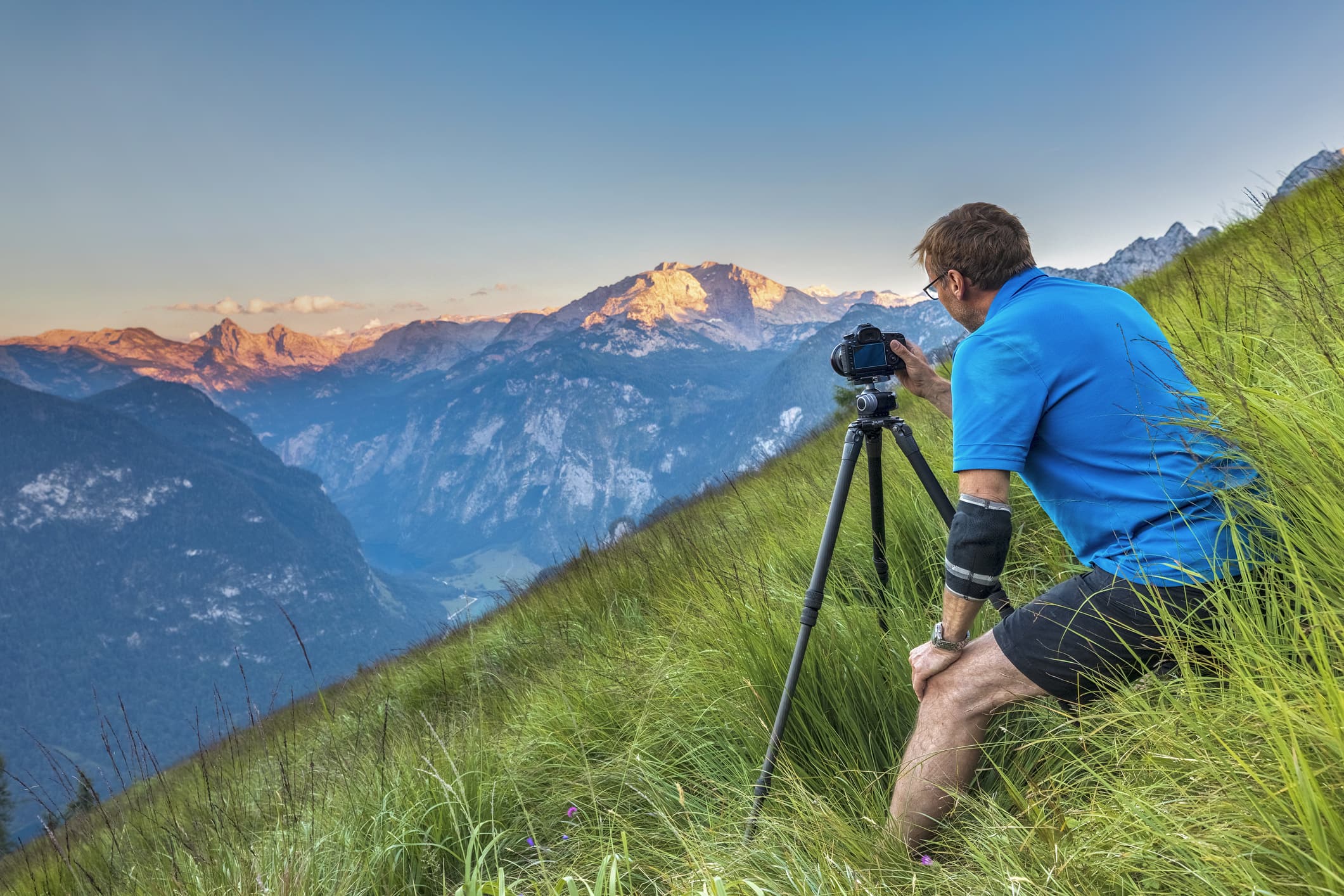
Of course, it would be nice to have more than just a camera and a lens. In fact, if you want to create the very best photos, consider adding the following to your kit:
- A tripod, which stabilizes your camera, reduces camera shake, and allows you to extend the shutter speed for long exposure photography. Check out our tripod buying guide.
- Lens filters, like a circular polarizer, which is a must for landscape photography. Polarizing filters reduce glare off of water, enhance the contrast in the sky, and minimize atmospheric haze. Learn about the benefits of polarizing filters.
- Processing software, like Photoshop or Lightroom. If you're a beginner, Lightroom is easier to learn, and it has a built-in library to help you organize your photos. Learn more about the Lightroom vs Photoshop debate and determine which program is best for you.
- A camera bag to carry all your gear in. Don't be like me and carry your stuff around in your backpack from college. Get a dedicated camera bag that will protect your gear and help you keep it organized too.

Additionally, there's a few more things you need to get started in photography. You'll want to pick up a fast memory card, spare batteries for your camera, and a cleaning kit so you can keep your camera and lenses clean.
As you learn more about photography, develop your aesthetic, and determine the type of photography you're most interested in pursuing, you can start to accumulate more specific gear.
The Basics of Photography
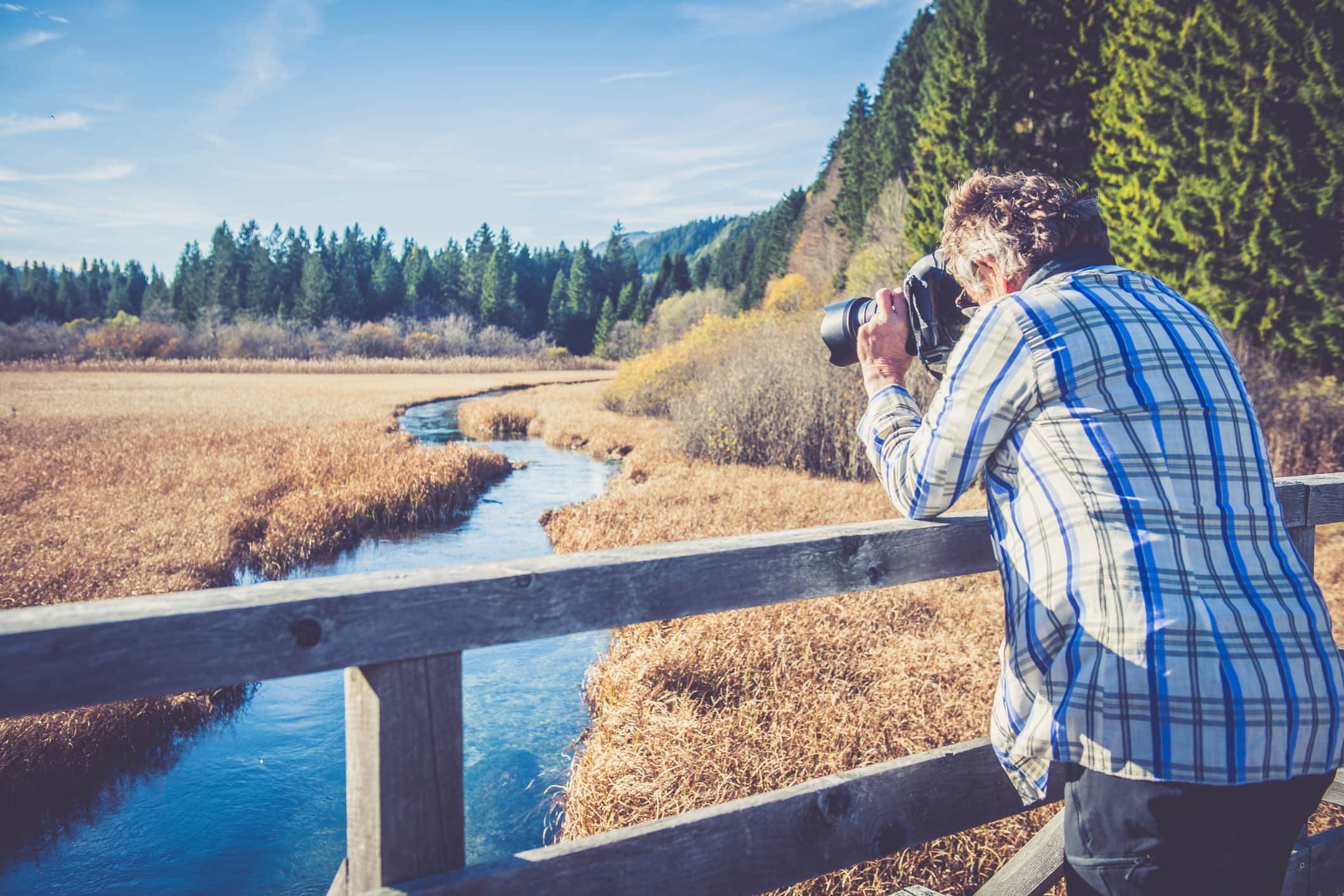
For all you beginner photographers out there, photography is built on light, and as such, you have to learn how to control it.
There are three camera settings that comprise the very basics of photography, and that each independently control light in a different way. Yet, these three settings are used together to create an exposure.
Sure, you can shoot in full auto mode and let the camera determine the exposure. In many cases, it works okay. But we're here to learn, right? So, here's a quick overview of the exposure triangle - aperture, shutter speed, and ISO.

- Aperture refers to the size of the hole through which light passes into the camera lens. It controls the amount of light. Aperture is measured in f-stops, where smaller numbers like f/1.2 or f/1.4 indicate a very large aperture (which brightens the image), and larger numbers like f/16 and f/22 indicate a very small aperture (which darkens the image). The size of the aperture also influences the depth of field, or the area of the image that's sharply in focus. The smaller the size of the aperture, the larger the depth of field will be. Learn more about aperture.
- Shutter speed refers to how fast the camera's shutter opens and closes. It controls the duration of light. Shutter speed is measured in fractions of a second to minutes to even hours. The longer the shutter speed, the brighter the image. Additionally, the longer the shutter speed, the blurrier any movement in the image will be. Learn more about shutter speed.
- ISO controls the sensitivity of the camera's sensor to light. ISO is measured in stops like 100, 200, 400, 800, and so on. As the ISO value increases, the sensor becomes more sensitive to light. Additionally, the higher the ISO, the more digital noise there will be in the image. Digital noise appears as grain, which can give a photo character and grittiness. Learn more about ISO.

Granted, there are many, many other aspects of photography that you'll need to learn in order to maximize your potential behind the lens.
But if you begin by developing an understanding of aperture, shutter speed, and ISO, you'll be in good shape to build a solid foundation of understanding upon which you can continue to learn more about photography.
Types of Photography
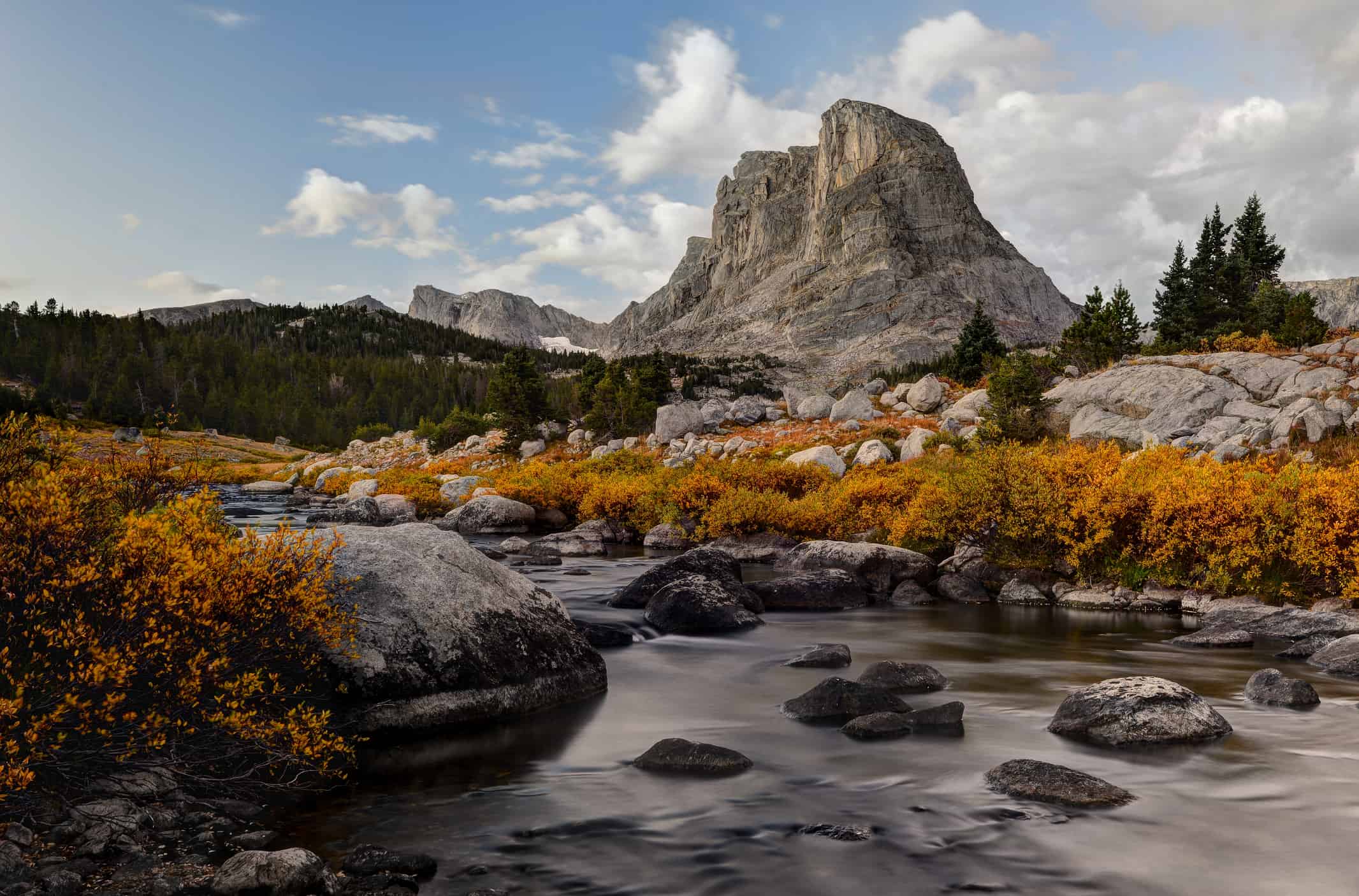
Just like there are all sorts of things to learn when you're studying photography, there are all sorts of types of photography you can explore.
You can learn about the most popular types of photography in our detailed guide, but for our purposes in this article, here's a quick run-down of some of the possibilities you can try:
- Landscape photography
- Portrait photography
- Wildlife photography
- Travel photography
- Street photography
- Newborn photography
- Macro photography

Again, this isn't a complete list of the types of photography, but it'll get you started. And as you explore and learn more about photography, you'll likely find that the answer to our original question - What is photography? - is much deeper and broader than we've covered here.
More than the technical and artistic elements that comprise it, photography is about feelings, emotions, and making connections with people and places.

So, what is photography? It's an incredibly personal experience, that's what!
What photography is to me is probably very similar to what it is for you, but at the end of the day, our own experiences, opinions, biases, beliefs, and so forth influence what photography means. That's part of what makes photography so great; it can bring us together thanks to the power of the lens, yet at the same time, we can enjoy it as a highly personal experience







0 Comments